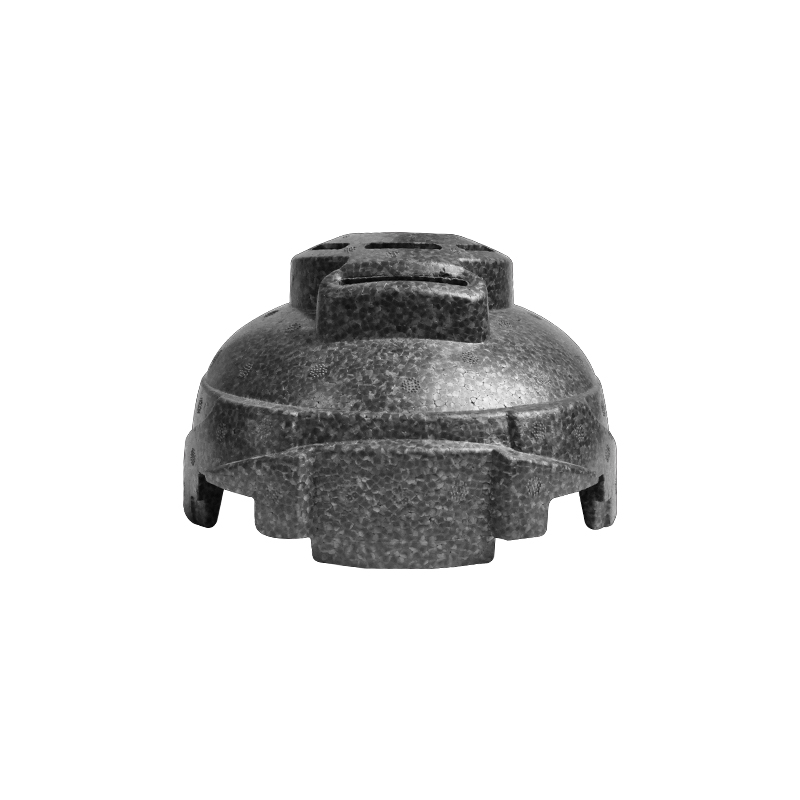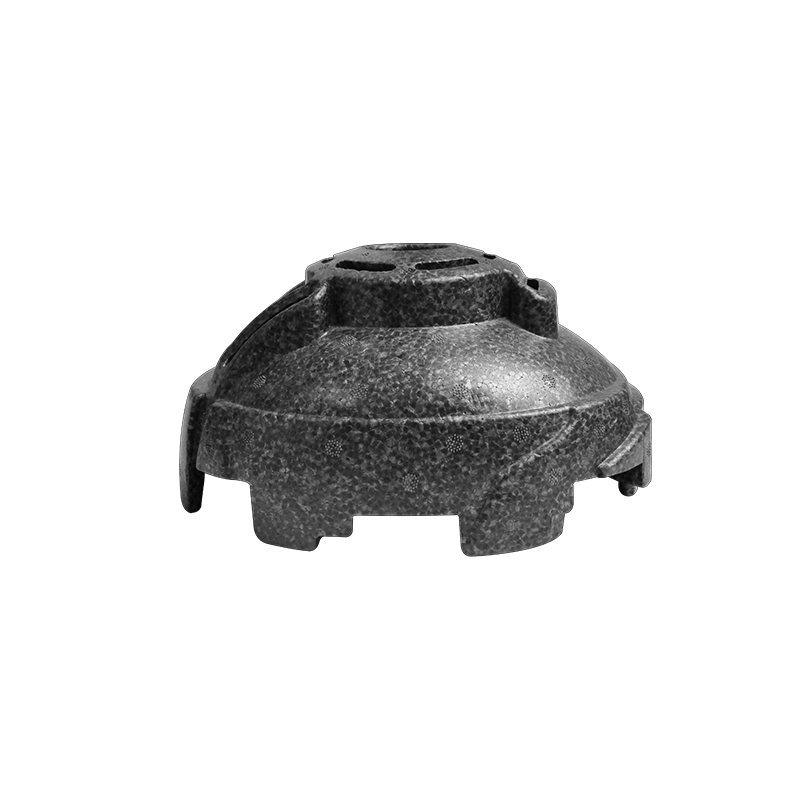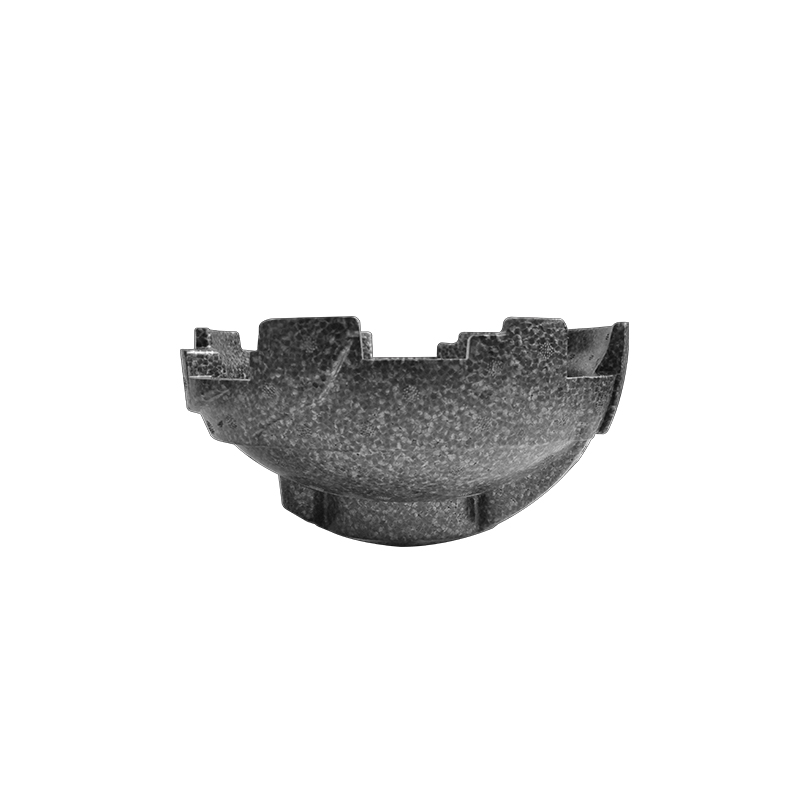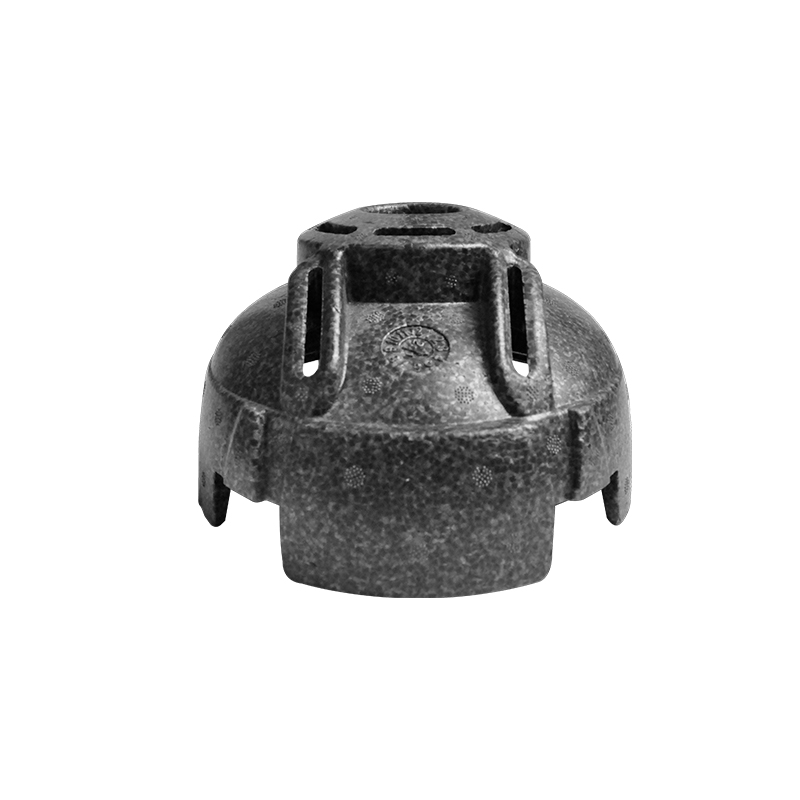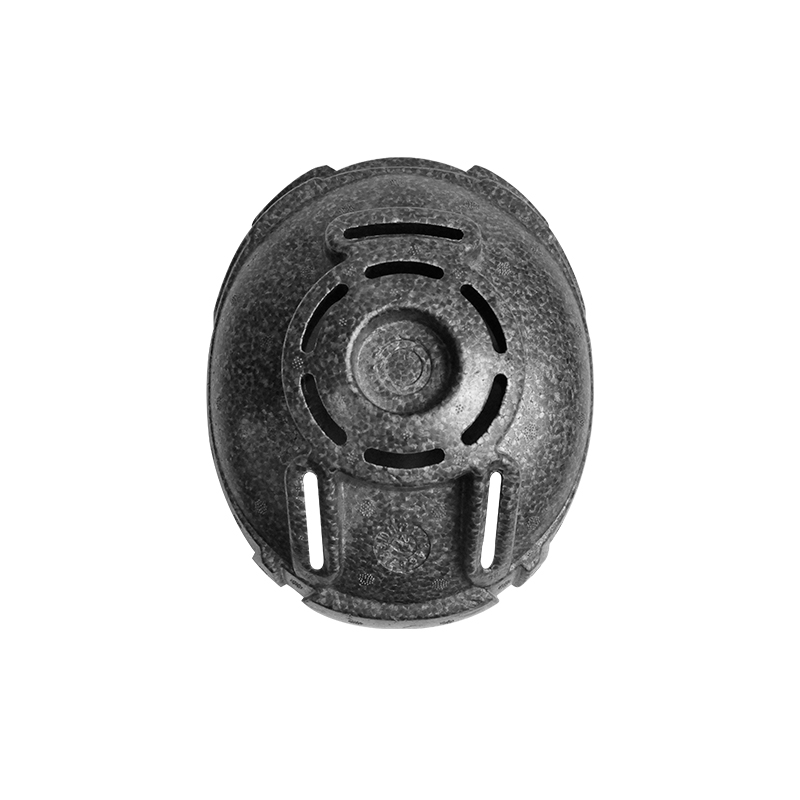EPS foam helmet liner for sports safety head protection
EPS is lightweight, effective across a wide range of temperatures and conditions and highly effective at reducing the amount of energy transferred to your head during an impact. EPS accomplishes that energy reduction by collapsing during the impact, converting some of the energy into heat and slowing the transmission of energy. A key advantage of EPS is the reliability of the molded part to deal with impact energy over a wide range of conditions. Another advantage is that EPS is not damaged by some of the common chemicals that can affect other materials (although it can be damaged by some chemicals).
Once those expanded polystyrene beads collapse, however, they do not regain their shape (or ability to absorb energy); for that reason, EPS is strictly suited to single impacts. This is why helmets with EPS liners should be replaced after a crash. Similarly, helmet owners should be vigilant about not dropping or knocking their helmet during daily use. You’ll find EPS foam liners utilized in the vast majority of cycling, snow sports and motorcycle helmets. Athletes who freqently fall down or experience multiple impacts (snowboarders, football players, etc.) may prefer helmets equipped with more resilient liner materials.

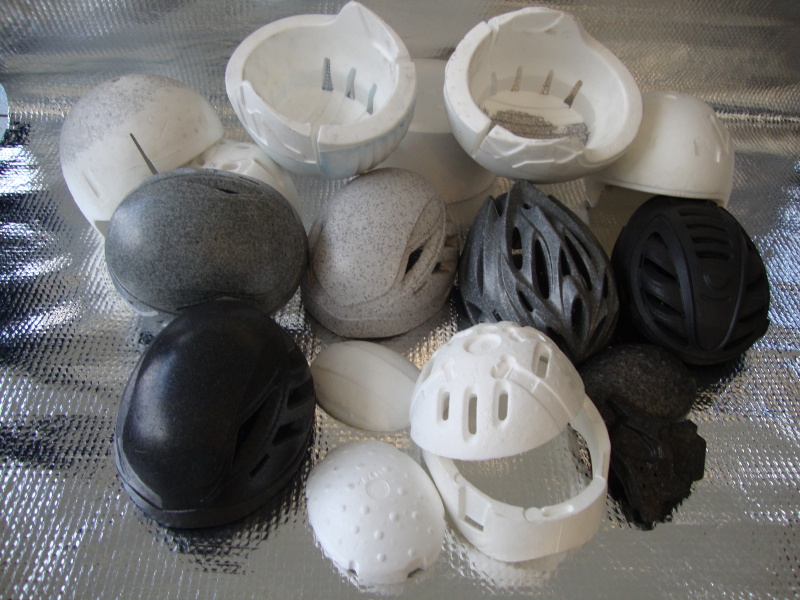
Manufacturers can precisely “tune” their EPS foams by adjusting foam density to provide just the right amount of impact attenuation needed for a given application. Harder EPS foams work well to reduce energy transfer during high-speed impacts. Softer EPS foams are better suited to slower-speed, lower-energy impacts.
-

EPP foam shockpad underlayment for Artificial Grass football playground
Using EPP foam drainage shock pad in sports artificial grass football pitch as underlay not only benefits the environment but also the sports industry as a whole. Its shock-absorbing properties can help reduce the risk of injury to athletes, while its lightweight and durable nature makes it an ideal material for sports that needs to withstand intense use.¥ 0.00More
-
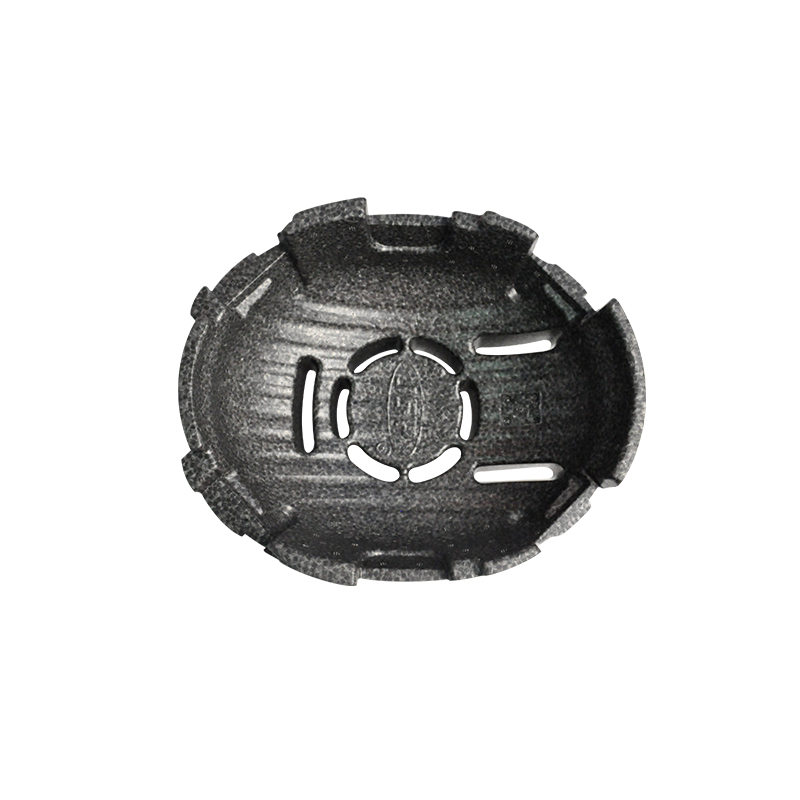
EPS foam helmet liner for sports safety head protection
Expanded polystyrene (EPS) is a crushable foam, widely used in helmet liners¥ 0.00More
-
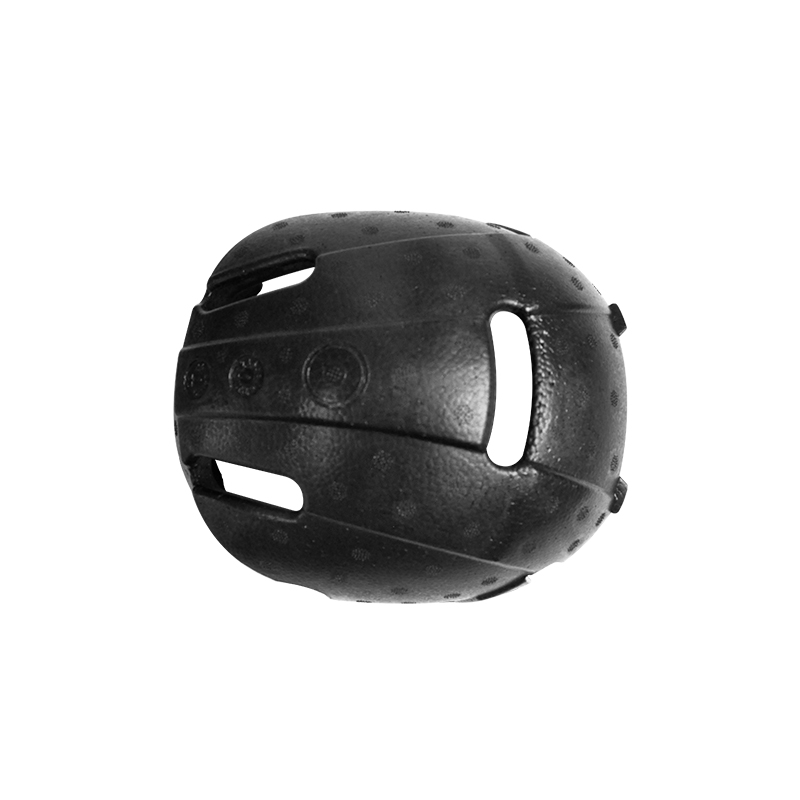
EPP foam helmet liner comfort pads for military ballistic helmet
EPP foam in ballistic armor is critical. This expansive foam provides superior impact resistance, water and chemical resistance, and extreme comfort for great head protection. Our EPP Foam Pads can be used with all Ballistic helmets to create a more comforting fit while in combat. Now you can feel safe when gearing up with our bulletproof helmet EPP foam protection when the going gets tough.¥ 0.00More




